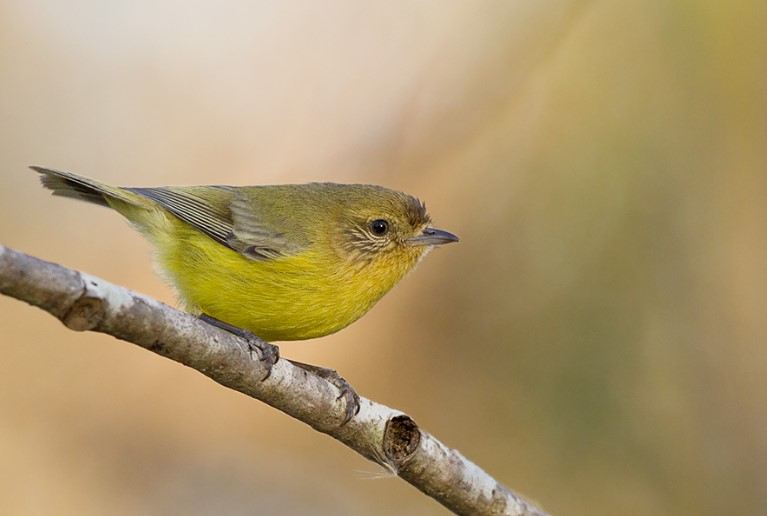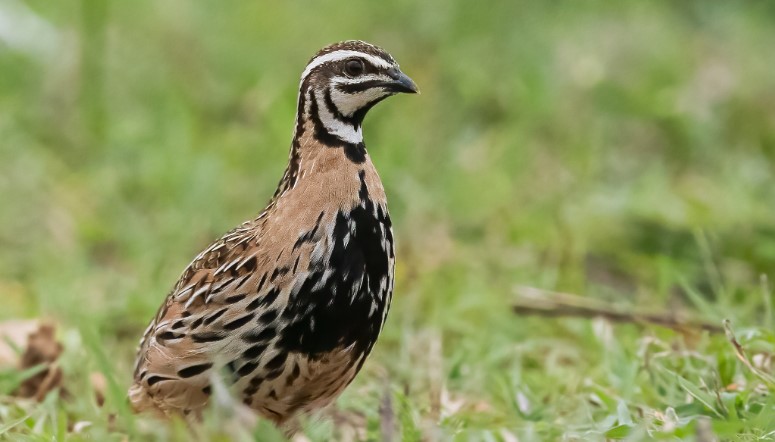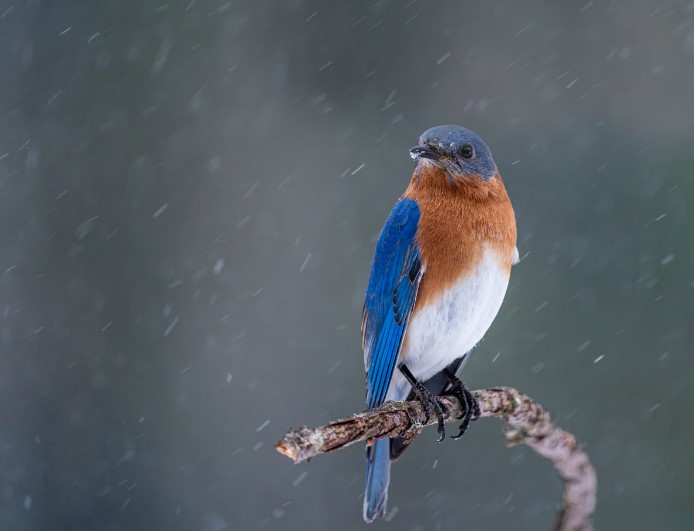The scarlet robin (Petroica boodang) is a common passerine bird genus Petroica and belongs to the family Petroicidae. As with other red or pink robins, the female Scarlet Robin builds a neat, cobweb-bound nest. It is also known as Scarlet-breasted Robin and White-capped Robin. The size of Scarlet Robin is 120-130 mm long.
The male may bring building materials, but he usually sings in defense of territory. He feeds the female while she incubates the eggs, or perches nearby. He feeds the chicks immediately after hatching as well as himself; later on, both birds provide food for the young. It is not uncommon for a pair to raise three broods a year. The Horsfield’s Bronze Cuckoo is one of several cuckoo species that parasitize Scarlet Robin nests.
In autumn and winter, the birds migrate to more open habitats to feed. They breed in scrubby eucalypt forests and woodlands. They feed by perch-and-pounce, sitting waiting on high branches in summer, lower in winter, then dropping to the ground or hawking out into the air to snatch insects. Spring and summer are the best seasons for picking insects from leaves and bark. In established pairs, scarlet robins hold permanent territories. They are solitary or in pairs all year.

A male courts a female by feeding her, and then alternately extends each wing downwards displaying the white wing patch. She often quivers her wings before and after feeding. Scarlet Robins are identified among other red robins by the white cap on the male and the bright red breast of the female. In addition to their black throats and deeper, more limited scarlet breasts, male Scarlet Robins can also be distinguished from Flame Robins. They occupy mutually exclusive territories during breeding, the Scarlet moving to drier areas where their foraging areas overlap.
The male upper parts are black; conspicuous white patch on the forehead. Wings and tail black, with a broad white stripe on wing coverts running into two irregular white bars in flight feathers; webs of outer tail feathers edged and tipped white. Throat black, breast scarlet, belly, and undertail white. Their eyes are dark brown. Bill and feet are black.
Female birds have grey-brown upperparts and a large buff-white forehead spot. Wings and tail grey-brown, with irregular double off-white wing stripes; webs of outer tail feathers white. Throat grey-brown; breast dull red; belly and undertail dull white. The immature bird resembles the adult female, but it is duller, with little red. Males molt into red and black plumage in their first autumn. The juveniles are streaked or mottled brown and buff white.

The Scarlet Robin calls consist of a faint, thin tick, sometimes made by both sexes. In spite of this, the song is sweet, short, and has a rippling cadence of whistled notes, wee-cheedalee-dalee, by the male.
From July-August to December-January is the nesting and breeding season. Nest is a cup made of bark strips, moss, and grass, matted with cobwebs and often ornamented with camouflaging bark strips, charred wood, or lichen; 45 x 40 mm inside and lined with fine bark, fur, feathers, fern down, or hair; 0.5-20 m high; typically found in hollow stumps or tree forks.

The Scarlet Robin usually lays three eggs, which are pale blue, green, or grey thickly marked and freckled with purple-grey or brown, often forming a zone at the larger end; swollen-oval, about 18 x 14 mm. Incubation is about 15-17 days for females. Young fledge in 15-17 days.
Scarlet Robin is found in scrubby eucalypt forest and woodland in southeastern Australia north of the Great Dividing Range to the granite belt. It is also found in southeastern Queensland, and west to Eyre Peninsula, South Australia, and southwestern Australia inland to the wheat belt. It is mainly sedentary; young individuals wander, but established adult pairs stay near the territory year-round. There are up to 10 races; only two are found in Australia: one east, one west.
Read More: Difference Between Carolina Wren vs House Wren







